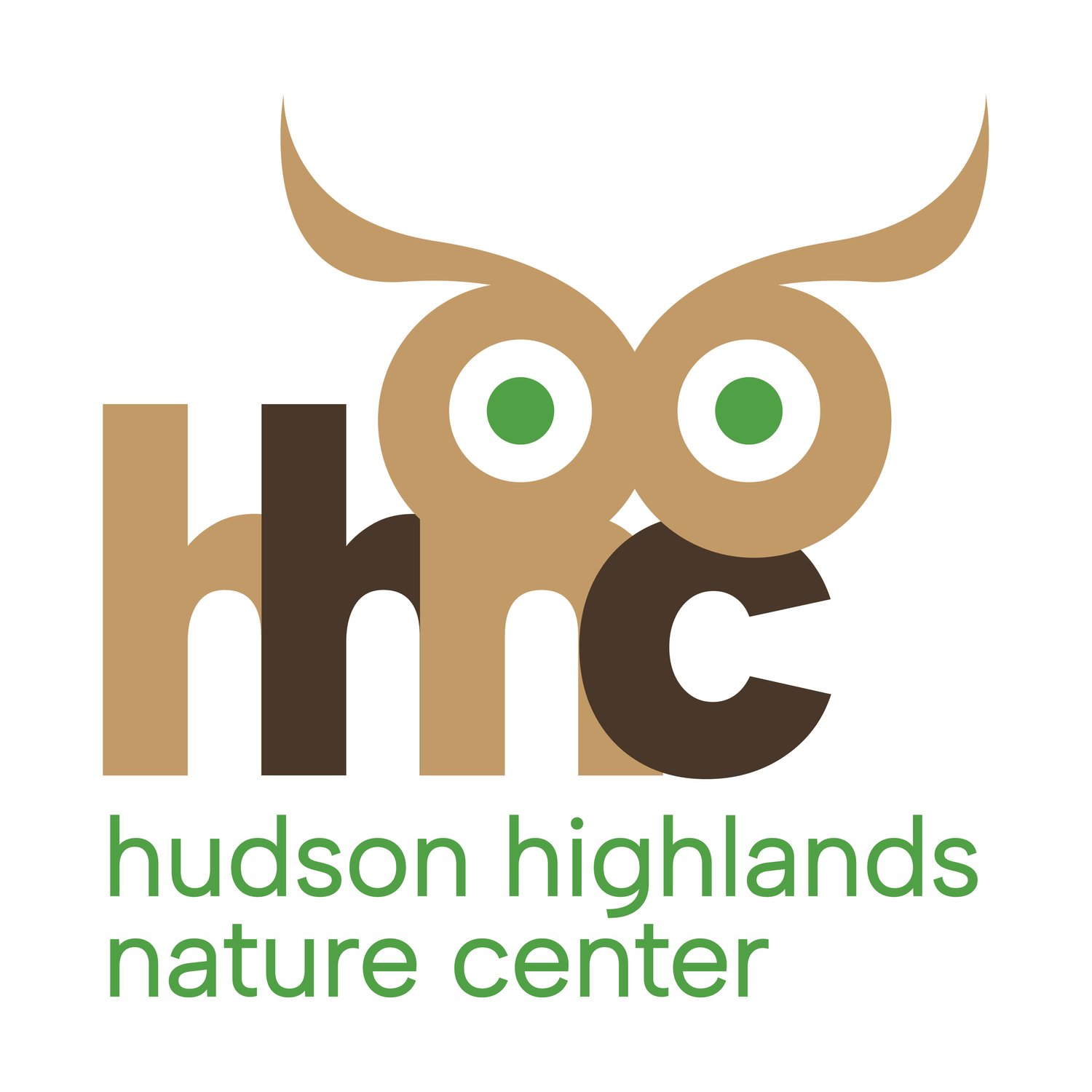Last week the Nature Museum’s Young Naturalist (YN) Director Kerrilee Hunter posted an interesting note to the families of the lucky children who attend our YN preschool. It was a very thoughtful essay and rumination on what could be perceived as the “dangerous” activities our Young Naturalists engage in from time-to-time. The essay uses a naturalistic see-saw our YN teachers have “constructed” as the jumping off point for a discussion of risk, danger and reward in childhood free play. Here is how Kerrilee describes the setup.
“We have a piece of driftwood behind the Learning Center classroom that is basically an entire tree. We also have a long plank of wood. The children drag that plank across the driftwood tree, and use it as a see-saw. The thing about that, though - this is not some manmade see-saw, that has handles and a standard seating area and goes up and down predictably at the same angle. Since the plank is not secured to anything, the fulcrum can shift depending on the relative position of the plank to the tree, and the positions of the children themselves as they are using it.”
And while I am not an expert in early childhood development and education (that is why we have great educators on staff), I do have a strong preference for early childhood development that includes pushing up against physical, cognitive and emotional boundaries and comforts. I hold these ideas based on my own parenting experience and on the long history of human development when humans lived in extremely challenging circumstances nowhere near the top of the food chain. During this time we did not control our environment, and were frequently forced to adapt and overcome a wide array of dangerous predators, fearsome prey and life threatening conditions. Imagine what it might be like to come face-to-face with a cave bear, a dire wolf, a wooly mammoth or a saber-tooth tiger!!!
Only since the advent of agriculture, and more recently with the development of advanced technologies and medicines, have humans lived relatively safe and settled lives. Prior to these developments, and for most of our history, homo sapiens scratched out a tenuous existence as resourceful hunter-gathers. Just one of many species across the animal kingdom struggling to make it through another day.
But I digress.
Our Young Naturalists, and to a lesser extent the children who participate in other Nature Museum programming, are exposed to the beauty and minor risks of the natural world in carefully considered ways. I call it the Goldilocks Risk Zone. Not too much risk to be overly dangerous, but enough risk to learn reasonable limits, exercise bodies and minds, test the world for danger, build strong personal judgement frameworks, and develop the internal tools needed to live and experience life in all its wonderful complexity. Additionally, exposure to appropriate levels of risk in group settings can strengthen socialization skills and support greater cooperation in pursuit of common goals.
To further quote from Kerrilee’s essay,
“In climbing up, and falling down, and helping each other on this little hill, they’re giving their bodies a sense of their physical world. Those quick, subconscious calculations that the 4’s make on the see-saw are honed by sliding down both on purpose and by accident in smaller ways like this. Could they get hurt doing it? Possibly. Pretty sure I hear some “Ows!” throughout this scene. Then again, those 5 falling-downs were immediately followed by 5 getting-ups. The kids who wanted to challenge themselves by climbing tried the mossy rocks, and part of challenging yourself is the possibility of getting hurt. That’s true all the time in life, physically and otherwise. And the kids who didn’t feel like challenging themselves in that particular way that day found other things to do - finding small treasures, for instance, or discovering how different the leaves move when they’re wet vs when they’re dry.”
These “dangerous things we don’t discourage your children from doing” is how Nature Museum educators teach our students about risks that are a natural part of life and living. We are helping them to develop a set of skills and experiences that will make them more able to navigate the challenges, risks and yes dangers they will face in their lives. I think of it as a form of insurance for their future well-being, and as a set of tools to help them lead a more meaningful and satisfying life.
See you on the trail (and see-saw).
By Tom Bregman

